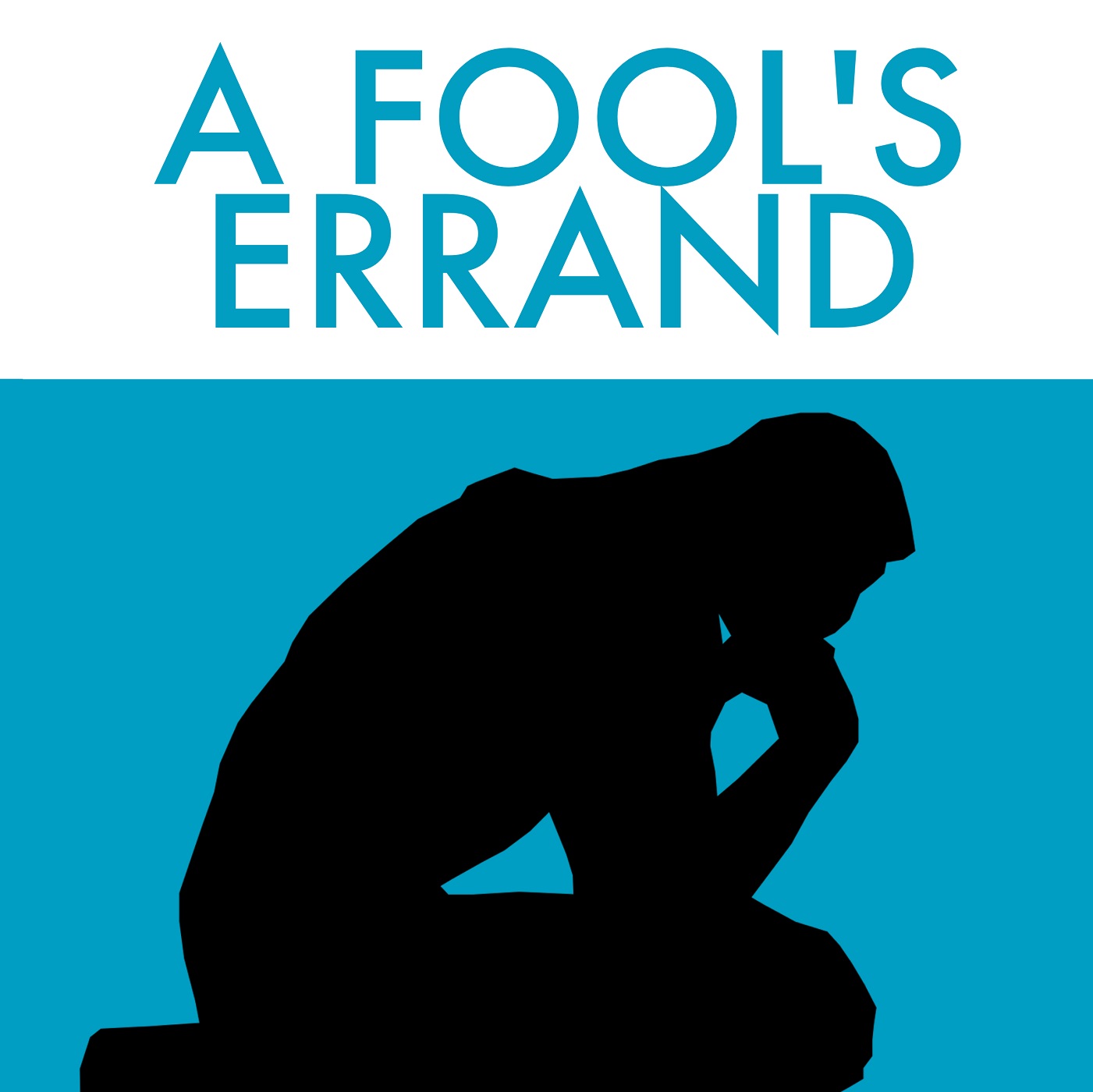


In his capacity as the long-time host of Antiwar radio and the Scott Horton Show, he has conducted 4,500 interviews with politicians, soldiers, intelligence officers, journalists, and scholars, hundreds of which were focused on Afghanistan. He has, however, been asking some necessary questions about the American role in Afghanistan since that country was invaded by the U.S. He has never visited the country, does not speak any of the native languages, and has never been called upon by any university or DC-based think tank to discuss what has been unfolding in the country. Scott does not claim to be an expert on Afghanistan in any traditional sense. Like the CIA’s ill-fated replacement of Mohammad Mossadegh in Iran in 1953, the meddling in Afghanistan has borne bitter fruit, a prime example of what has been referred to as “blowback.”

It reminds us that what began in 2001 was only the most recent phase of a decades-long struggle that began in 1979 when the Russians invaded Afghanistan, and Washington responded by arming and funding the mujahideen guerrillas, who effectively pushed back against Soviet control of their country but later morphed into al-Qaeda. Scott Horton’s new book, Fool’s Errand: Time to End the War in Afghanistan, is a masterful account of America’s prolonged Afghan engagement. President Barack Obama not so long ago referred to Afghanistan as the “necessary war.” But now it might be more appropriate to refer to it as a “forgotten war,” as President Donald Trump has sent a few thousand more soldiers to Kabul-while also stating emphatically that he will not be discussing strategy or entertaining any questions regarding what might be coming next. The war that seemed to be ending back then is currently in its 16th year with no end in sight, and for those of us who were there at the beginning it now sometimes seems like it was a lifetime ago. I was one of the first American officials to arrive in Kabul at the end of 2001.

Scott Horton, Fool’s Errand: Time to End the War in Afghanistan, The Libertarian Institute, 318 pages.


 0 kommentar(er)
0 kommentar(er)
